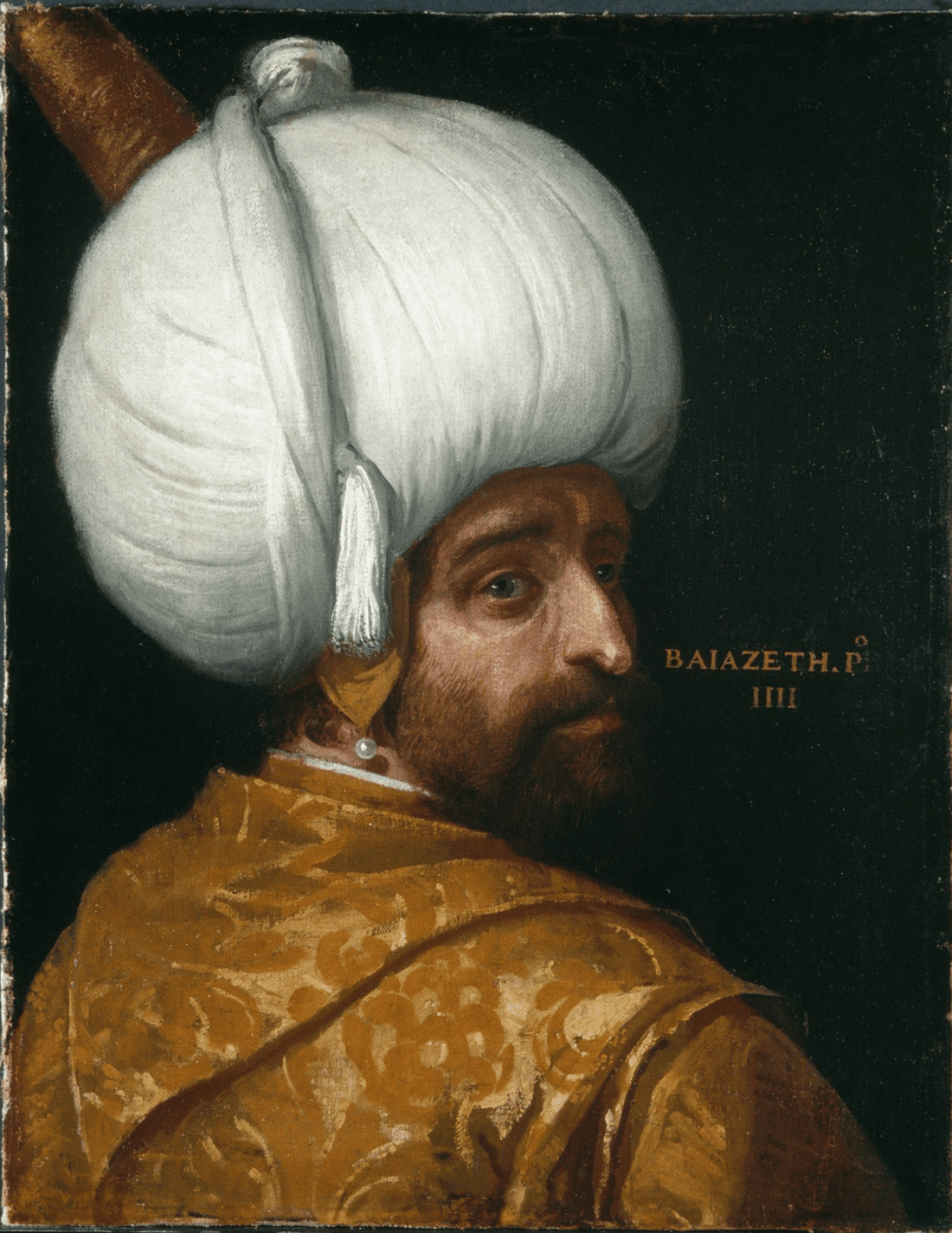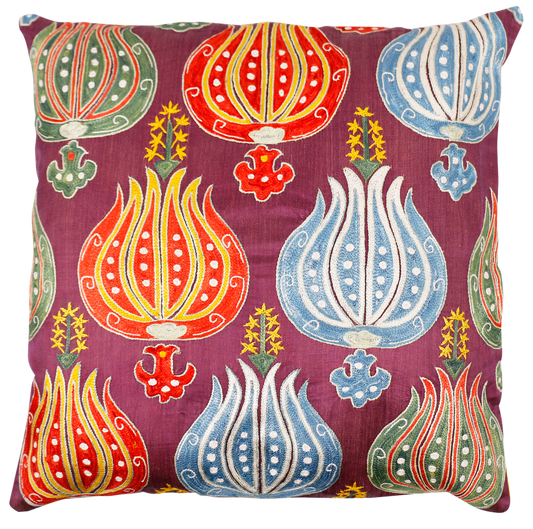The Ottoman Empire was founded at the end of the 13th century in north-western Anatolia (Asia Minor) by a Turkmen tribe leader Osman Bey and grew to be one of the most powerful states in The World during the 15th and 16th centuries. The Ottoman period spanned more than 600 years and came to an end in 1922, when it was replaced by the Turkish Republic and various successor states in South-eastern Europe and the Middle East.

By the middle of the sixteenth century, continued military success in an area extending from Central Europe to the Indian Ocean gave the Ottomans the status of a world power. At its height, the empire encompassed most of South-eastern Europe to the gates of Vienna, including present-day Hungary, the Balkan region, Greece, and parts of Ukraine; portions of the Middle East now occupied by Iraq, Syria, Israel, and Egypt; North Africa as far west as Algeria; and large parts of the Arabian Peninsula. The term Ottoman is a dynastic appellation derived from Osman Bey.

The Ottoman empire leaves behind a distinct artistic, architectural, and cultural legacy. It evokes an orientalist fantasy that is populated by great sultans, that is full of exotic scents. But there is much more to it. At its height, the great Ottoman Empire (ca. 1299–1922) spread from Anatolia and the Caucasus across North Africa and into Syria, Arabia, and Iraq. It united many disparate parts of the Islamic and Eastern Christian world, integrating Byzantine, Mamluk, and Persian traditions – ultimately forming a distinct Ottoman artistic vocabulary.





